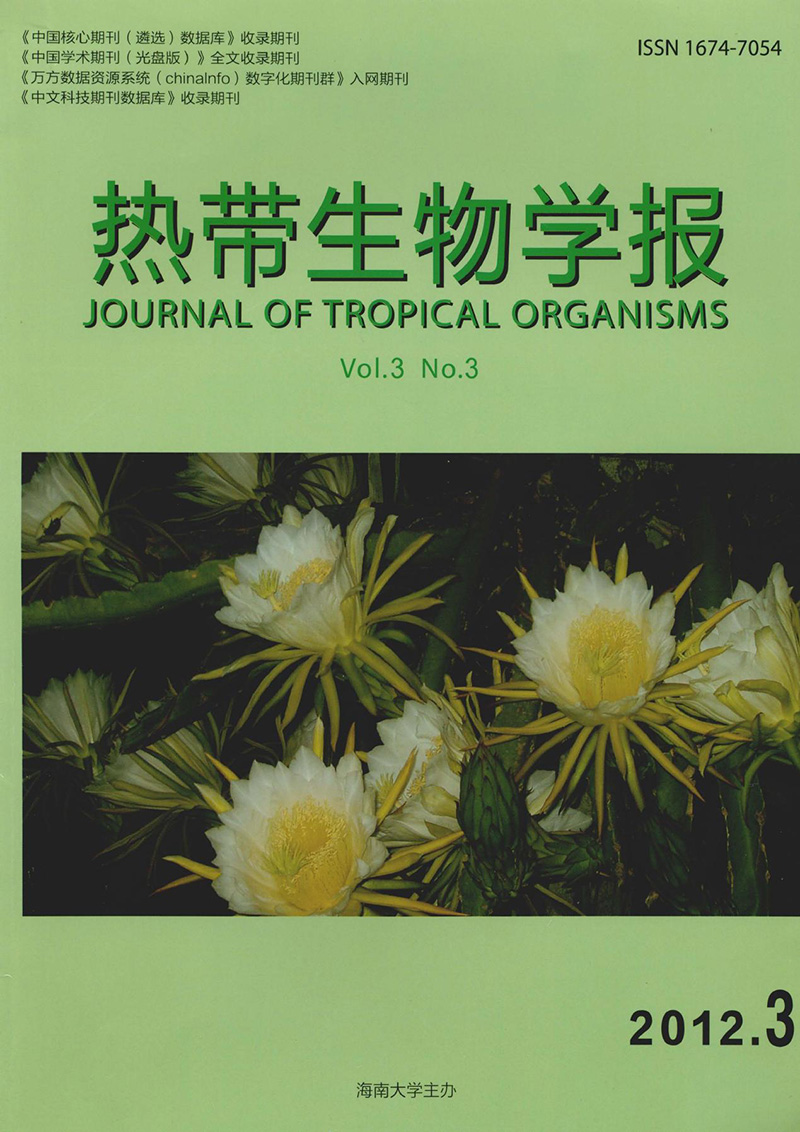Inhibitory Effect of Different Fungicides Against Two Strains of Colletotrictum gloeosporioides (Penz) Saec
doi: 10.15886/j.cnki.rdswxb.2012.03.006
- Received Date: 2012-03-13
-
Key words:
- fungicides /
- Colletotrictum gloeosporioides (Penz)Saec /
- toxicity test
Abstract: Litchi anthracnose caused by Colletotrichum gloesporioides (Penz) Saec is an important disease in Litchi production. The mycelium growth rate method was used to measure and compare the toxicities of 4 fungicides against strains 4-1-1and 4-1 of C. gloesporioides Penz. These fungicides included 10% difenoconazole, 400g·L-1 flusilazole, 40% myclobutanil and 45% prochloraz. The results showed that 10% difenoconazole was most effective in inhibiting the radial mycelial growth of the strains 4-1-1 and 1-1 with the respective EC50 values of 1.607 7 mg·L-1 and 1.614 0 mg·L-1. The 40% myclobutanil showed the lowest toxicity against the mycelial growth of the strains 4-1-1 and 1-1 with the EC50 values being 9.405 9 mg·L-1 and 10.595 0 mg·L-1, respectively. The 10% difenoconazole gave a 5.9 and 6.6 times higher inhibition rate against these two strains than the 40% myclobutanil.
| Citation: | QIU Xiaocong, LI Songgang, XIE Yixian, ZHAN Wei, ZHANG He, LU Ying. Inhibitory Effect of Different Fungicides Against Two Strains of Colletotrictum gloeosporioides (Penz) Saec[J]. Journal of Tropical Biology, 2012, 3(3): 228-231. doi: 10.15886/j.cnki.rdswxb.2012.03.006 |






 DownLoad:
DownLoad: